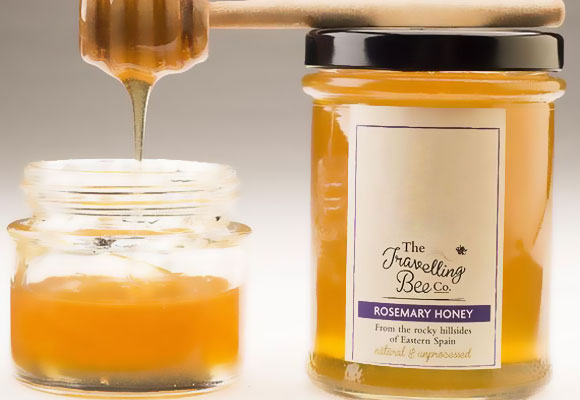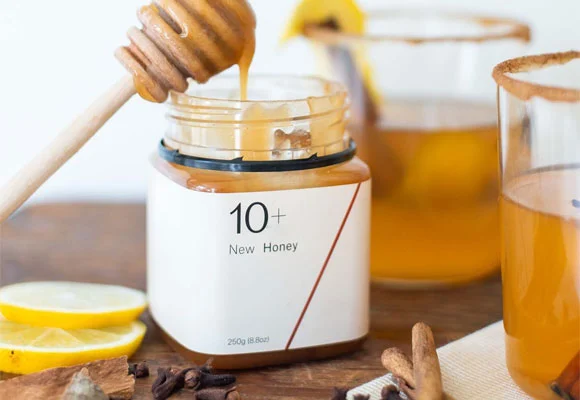Coated paper is also called printed paper. A layer of white paint was applied on the surface of the base paper and processed by supercalendering. It is divided into two types: single- and double-sided. The paper surfaces were divided into two types: glossy surfaces and wove. The paper had a smooth surface, high whiteness, and good ink absorption and inking properties. It is mainly used for offset printing and gravure fine-screen line printing, such as high-end picture albums, calendars, books, and periodicals. The disadvantage is that the powder easily sticks to and falls off when exposed to moisture, and cannot be stored for a long time.
The characteristics of the adhesive coated paper are that its surface is very smooth, highly smooth, and has good gloss. Because the paint used has a whiteness of more than 90%, extremely fine particles, and is calendered by a super calender, the smoothness of the coated paper is generally 600–1000 s. Simultaneously, the paint was evenly distributed on the paper surface and appeared white. The requirements for coated paper include a high coating strength, thin, uniform coating, and no bubbles. The amount of adhesive in the coating was appropriate to prevent paper from de-powdering and linting during the printing process. In addition, the absorbency of the coated paper for xylene must be appropriate and suitable for fine mesh printing above 60 lines/cm.

Technical requirements for printing coated paper
Because of process defects, some coated papers are prone to varying degrees of depowdering, expansion, and contraction. In particular, single-sided coated paper is prone to curling, which affects the overprinting accuracy. If the printing process of the coated paper is improperly performed, it can easily cause staining (over-priming), powdering, slow drying, star color, and lack of brightness. Therefore, the following issues should be considered.
For each batch of coated paper, before it is put into use, a series of issues related to printing adaptability, such as smoothness, pH, absorbency, dryness, stretchability and surface bonding strength of the paper, should be tested and analyzed, and then based on the paper's Characteristics, take corresponding process measures, such as adjusting the viscosity, fluidity, dryness and anti-sticking measures of the ink, to achieve standardized and scientific production and prevent the occurrence of poor printing.
It is necessary to adjust the pad technology and printing pressure to ensure that the printed ink layer is uniform and bright. The printing pressure on the coated paper was uniform and appropriate. Excessive pressure can cause powder dropout, unclear dot marks, and increased plate wear. On the contrary, it is easy to cause the dot imprint to be weak, and to blindly increase the ink layer to compensate for the blooming of the layout caused by insufficient pressure. Thus, it is easy to have adverse consequences, such as sticking, slow drying, and poor overprinting. Therefore, when printing coated paper, the pressure is even and appropriate. The lining should be composed of neutral-to-hard materials.
Trademarks and packaging products are printed on coated paper, often with light colors as the background, and overprinted with overlapping colors. Improper printing color technology can easily cause problems and affect the quality. Therefore, when preparing the base ink, heat- and light-resistant inks should be used, the diluent should be best mixed with gloss paste, and the base color should be put at the end. The printing effect should be effective in preventing the base color from being printed first, and easily causing friction and damage to the ink layer.
Because the coated paper has a smooth surface and poor ink absorption capacity, when printing a large-format solid version, one should try to achieve "deep ink and thin printing.” In other words, the ink color is appropriately darkened and the ink layer is correspondingly thinned during printing. This not only meets the printing hue requirements but also reduces the chance of overprinting and prevents overlapping colors from being printed. In addition, owing to the poor adhesion of the paper, the printed ink layer is sometimes prone to discoloration owing to powder loss. Therefore, No. 19 resin oil can be used as the ink adjustment oil for the first printing color. To make the overlay ink layer brightly printed, varnish and drying oil can be added to the ink.
Owing to the large amount of paint on coated paper, powder removal and black shadows on the printed surface are often encountered during the printing process. When this occurs, attention should be paid to check whether the plate mounting process is operated properly, such as whether the printing plate is too heavy. If the pressure on the paper surface is too high, it is easy to crush the powdery paint on the surface of the coated paper, thereby causing depowdering. and dark shadow spots. In addition, it is necessary to determine whether the viscosity of the ink is appropriate. If the printing ink layer is too thick and sticky, it is one of the reasons for the powder to fall off the paper and accumulate on the layout. In this case, you should consider using auxiliary materials were used to adjust the ink., the above quality problems can be better controlled.
Thus, it is necessary to master the anti-adhesive technology of coated-paper printing. Coated paper has a weak ink absorbency and a relatively smooth back. Therefore, when printing a layout with a large amount of ink or multicolor overprinting, sticking problems can easily occur. Therefore, anti-sticking measures should be implemented to overcome these issues. For example, varnish is first used to apply an appropriate amount of varnish. Stir the anti-sticking agent evenly until it becomes liquid, then add it to the ink and stir it evenly. A better anti-sticking effect will be obtained during printing. However, the amount of anti-adhesive agent should be reasonably controlled and should not exceed 4% to avoid ink emulsification, printing ink layer blooming, ink layer gloss reduction, and other undesirable disadvantages.

label printing
The coated paper itself has been developed into ordinary semi gloss paper, high-gloss paper, matte paper,wood free paper, lightweight paper, and elegant paper specially used for red wine labels. Classical white paper, classic cream paper, classic embossing paper.
Jinya Label Coated paper label products, one type of stock labels, can be affixed to most substrates, including cardboard, plastic films, and HDPE. It is widely used for semi glossy color label printing in promotional and industrial applications. Typical uses include cosmetic, pharmaceutical, fragile anti-counterfeiting, and food labels.
Inkjet Printers
Coated paper can be outputted using an inkjet printer. There is a special type of coated paper that can be output on ordinary machines.
Ordinary coated paper can also be output; however, special machines and inks are required.
Coated paper can be used in modified color inkjet printers, but the cost of printing is quite high; therefore, it is recommended that it is not used.
There were several types of coated paper: 100, 157, 200, 250, 300, 400, and 450 g. They are generally of these types, and can be used in inkjet printers.
Some inkjet printers use the thermal foam printing technology. The nozzle is a consumable material; therefore, the calculation of printing cost is cost = print head consumption + paper + ink.
Some inkjet printers use micropiezoelectric printing technology, and the cost algorithm is cost = paper + ink.
Different brands of printers may have different color gamuts.


